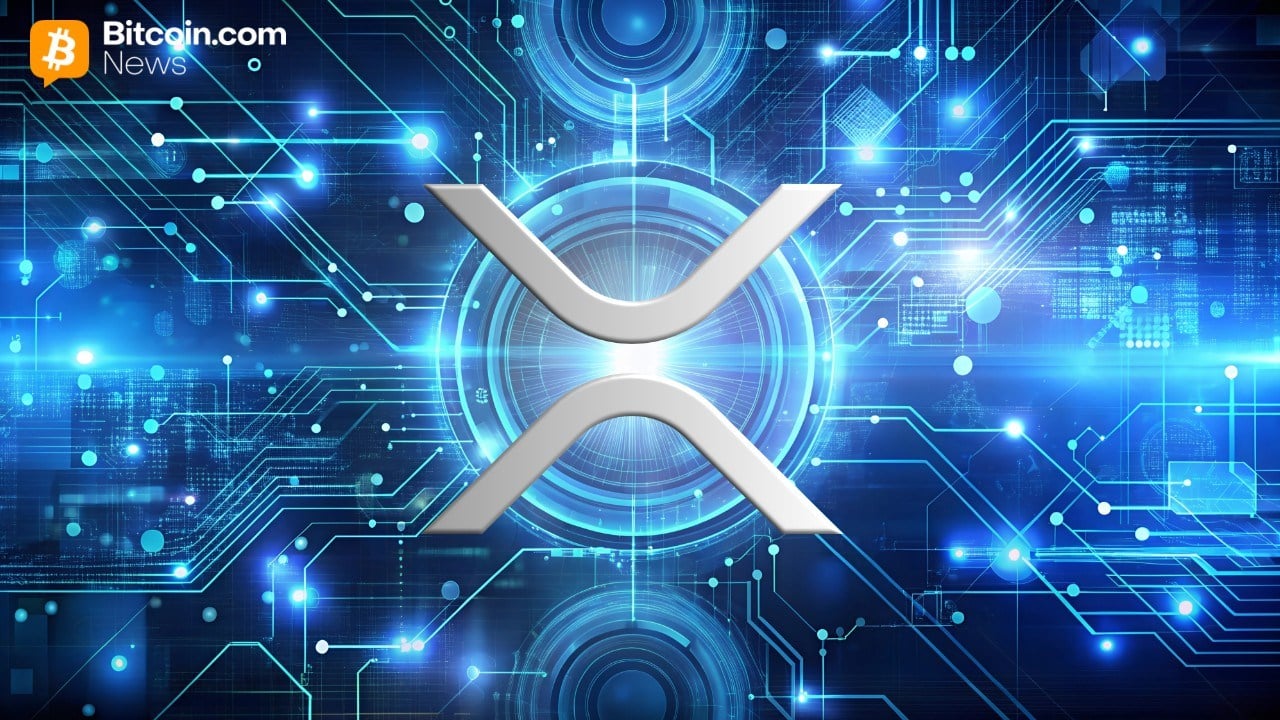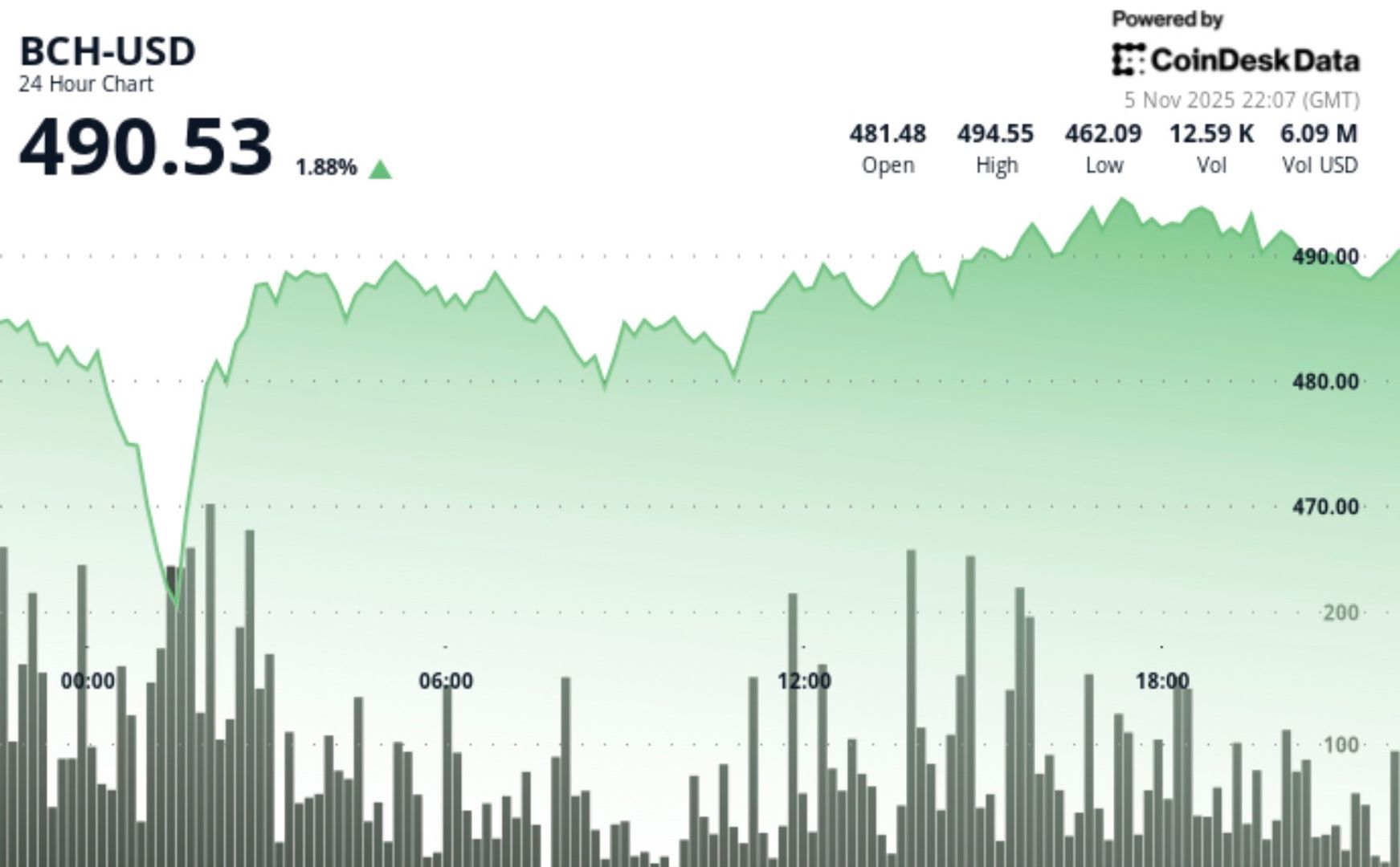All About XLM: Why Stellar Lumens Is a Leading Blockchain for Financial Inclusion AllinCrypto March 27, 2025
Stellar Lumens (XLM) is a payment network that allows financial institutions and businesses to make cheap, fast, global cross-border payments anywhere in the world in a bid to revolutionize the global payments system.
The Stellar Lumens blockchain has a more decentralized outlook compared to its cousin, the XRP Ledger, and has shifted its focus more on businesses and individuals instead of institutions.
Let’s dive into everything XLM and learn all about the Stellar Lumens ecosystem, blockchain network, and why Stellar is a leading blockchain for financial inclusion.
What is Stellar Lumens XLM?: The foundation of Stellar Lumens
Stellar Lumens’ co-founder Jed McCaleb, created an early Bitcoin exchange called Mt.Gox before joining and co-founding Ripple (XRP).

Jed McCaleb left Ripple over disagreements with other co-founders on the direction of Ripple as a payment system believing Ripple’s ecosystem was far too centralized and dependent on figureheads.
Joining McCaleb was entrepreneur and former lawyer Joyce Kim who has since left Stellar to focus on Sparkchain. The Lumens (XLM) token is used to combat network attacks, settle transaction fees, and be used as a bridge currency to handle exchanges between other assets.
Stellar Lumens XLM: Team and leadership
Stellar Lumens is led by The SDF Team made up of twelve members including Danelle Dixon, the CEO & Executive Director, David Mazières, Founder and Chief Scientist, Candence Kelly, Chief Legal and Policy Officer, and Jed McCaleb, Founder, and Chief Architect.

Stellar Lumens’ Board of Directors includes Lin-Hua Wu, Chief Communications officer at General Motors and SVP, Ronaldo Lemos, Professor of International and Public Affairs and Partner at PNM Advogados, Ginger Baker, Head of Financial Access at Plaid, Asiff Hirji, President of MoonPay and Jed McCaleb.
MoonPay is a financial technology company that allows users to sell, buy, and trade cryptocurrencies by creating a MoonPay account.
Ronaldo Lemos is listed by the World Economic Forum as a lawyer and academic specializing in technology, law, and policy and contributed to Brazil’s National IoT plan.
What Is the Stellar Lumens 2025 Roadmap About?
On February 20th, Stellar Foundation CEO Danelle Dixon unveiled The Stellar Development Foundation’s 2025 Roadmap.

Dixon called the Stellar network “feature complete” for the next decade, emphasizing that the team has successfully developed a foundation from which institutions and developers can build from and trust.
Stellar Lumens’ goal for the next few years is far beyond delivering cheap, faster payments, but has grounded itself in a vision whereby the Stellar Lumens ecosystem is one of the biggest and most used in the cryptocurrency industry.
According to the recent roadmap, Stellar is now a “full-stack” platform that’s prepared for scaling real-world assets, global payments and facilitating decentralized financial growth on a large scale.
In the coming years, Stellar Lumens will aim to onboard millions of users and achieve a $1.5 billion TVL (Total Value Locked) to become a “top 10” in decentralized finance, 5 million monthly active addresses, and maintain $3 billion in real-world assets.
To reach their TVL goals, the Stellar Foundation will work towards bridging TradFi with DeFi via innovative solutions, lend greater support to lending and borrowing protocols, and speed up developer adoption.
For onboarding 5 million monthly users, the team has planned to onboard users with user-friendly decentralized applications, innovative digital assets, simple web3 wallets, and connecting to new enterprises.
For their $3 billion real-world assets goal, the team is committed to onboarding institutional asset issuers, creating asset-insurance platforms, capturing retail engagement, and expanding their available asset classes and use cases.
The new roadmap was keen to recognize decentralized finance and placed importance on growing XLM’s DeFi ecosystem alongside connectivity to traditional financial avenues. Danelle Dixion saying that the team has built a “foundation”, seems to signify that in 2025, Stellar Lumens has entered a new era unlike anything they have done before.
Key takeaways from the new roadmap are the inclusion of real-world asset adoption and growth and a strong focus on decentralized finance to gain potentially millions of active, real users.
Stellar Lumens Marketing and Crypto Industry Positioning
Stellar Lumens has been categorized alongside Ripple (XRP), XDC Network (XDC), Cardano (ADA), and Hedera Hashgraph (HBAR) as an institutional, regulatory-compliant token, or an “ISO compliant” token.

“ISO compliance” is a term that refers to crypto tokens that is able to adhere to SWIFT’s ISO 20022 financial messaging standard. The term initially referred to Ripple’s collaboration with Swift on ISO20022 before encompassing regulatory-compliant tokens in general such as Hedera Hashgraph, XDC Network, and Cardano.
Such tokens tend to hold strong enterprise connections to banking groups or businesses with footholds in web2/traditional finance.
With a goal of revolutionizing the global financial system, making it more inclusive and involving remittance, utilizing blockchain technology, Stellar Lumens fits within the same competitive landscape as Ripple, except with a focus on individuals instead of direct institutional players.
Investors looking to acquire some leverage in an ever-changing global financial system can freely include Stellar Lumens in a portfolio that’s aware of the impact cryptography and distributed ledger systems will have on financial systems.
Which Companies Are Partnered With Stellar Lumens XLM?
The Stellar Lumens ecosystem involves multiple institutional backers and supporters. Spotlighted partners include Franklin Templeton, MoneyGram, Circle, Deloitte, and IBM.

The IBM Blockchain World Wire payment network utilizes the Stellar Lumens network to facilitate cross-border payments with almost instant settlements. MoneyGram has implemented Stellar for blockchain money transfers while Circle has opted for Stellar’s network for USDC stablecoin support.
In 2016, Deloitte partnered with Stellar to create their own cross-border payments service, the first of Deloitte’s reach in blockchain technology. Out of the partnership, Deloitte produced the Deloitte Digital Bank powered by Salesforce.
As we’ve seen in Stellar Lumens’ 2025 roadmap, the network plans to onboard and integrate more partners in the near future in a bid to grow the Stellar ecosystem and lock billions of dollars in assets.
In 2023, Franklin Templeton launched the Franklin U.S. Government Money Fund (FOBXX) by utilizing the Stellar blockchain for transactions. Most recently, Mastercard’s Crypto Credential service has utilized Stellar’s network for cross-border transactions and fast settlements.
What Type of Blockchain Is Stellar Lumens? How Does XLM Work?
The Stellar Consensus Protocol
The Stellar Lumens blockchain is a layer one network designed to handle cross-border payments with a reliable finality. Stellar’s unique consensus mechanism dubbed The Stellar Consensus Protocol (SCP) is unlike usual proof-of-stake or proof-of-work consensus typically seen in the cryptocurrency industry.

XLM’s Stellar Consensus Protocol utilizes a Federated Byzantine Agreement, similar to the Byzantine Fault Tolerance system used by networks such as Fantom (FTM) [Now Sonic (S)].
In an FBA system, nodes are separated and bundled together into states called quorums which consist of a group of trusted nodes. This group of trusted nodes then decides whether a network is able to reach an agreement on altered data.
What makes this method so unique is that the trusted set of nodes can decide whether the network as a whole can agree on its state, when traditionally (proof-of-work), an entire network of nodes must all reach an agreement instead of a selected few.
According to research, FBA systems ensure efficiency when it comes to network state agreements, making consensus decisions quicker and in turn, making the network more scalable.
StellarX
The Stellar network is home to StellarX, a decentralized exchange (DEX) that allows traders to swap tokens, earn yields, and perform DeFi tasks. The exchange works with the network’s native XLM token acting as a bridge asset.
Stellar Lumens Eco-friendliness
Due to Stellar’s unique consensus mechanism, less computational power is needed for the network to operate and for validators to perform their jobs.
Stellar Lumens’ blockchain is one of the most energy-efficient in the crypto industry. Investors in XLM and ecosystem users are encouraged to become node runners due to the network’s low energy requirements, meaning nodes can be run using a simple modern computer.
For the Stellar Foundation, sustainable development trends have been a priority, ensuring minimal environmental impact and discovering new ways to cut energy consumption.
Is Stellar Lumens XLM a Good Blockchain? What Can the Stellar Network Do?
Stellar Lumens is currently able to process 1,000 – 5,0000 transactions per second (TPS) according to recent documentation. The network has scaling capabilities which means its TPS may be adaptable.
For comparison, Ethereum’s current theoretical max TPS is 119. Solana claims a 65,000 TPS while current active figures suggest a 2,000 – 3,000 TPS.

Current transaction fees on Stellar are 0.00001 XLM, meaning traders or users on the network must settle that amount in XLM to pay for fees incurred from trading tokens or using decentralized applications.
Stellar’s fees are some of the lowest in the crypto industry and allow greater access to Stellar’s decentralized ecosystem with very low, fixed fees. On finality, transactions made on the Stellar network typically reach finality within 3 – 5 seconds.
How Does the Stellar Foundation Work? What Do They Use XLM For?
100 Billion Lumens (XLM) tokens were minted when the Stellar Lumens network first launched. For the first 5 years of the network’s life, the total supply would increase by 1% each year.
In October 2019, XLM’s inflation was stopped by a community vote of XLM token holders, and the supply was reduced to make the network’s native token more scarce.
As of 2019, there will only be a total of 50 billion XLM tokens in existence with 20 billion tokens allocated to the open market while the other 30 billion are held by the Stellar Foundation, a non-profit organization, to help grow and support the network.
Over time, the Stellar Foundation’s 30 billion tokens will slowly be vested into the open market, diluting XLM’s circulating supply. So far, XLM’s circulating supply has increased to 30.7 billion since 2019’s 20B allocation due to token vesting.
The Stellar Foundation allocated 12 billion tokens per a November 2019 mandate to a Direct Development fund meant for developing and funding growth on the Stellar network. Since 2019, 3 billion tokens have been released for active use in 2020.
Since 2021, out of the 12 billion dedicated to the Direct Development fund, 3 billion tokens will be escrowed and unlocked each year.
The Stellar community is able to view what the Direct Development fund and Stellar Foundation’s holdings are being used for transparently via the Stellar Lumens website.
What Will Happen to Stellar Lumens in the Future? XLM Price Prediction
According to the Stellar Lumens roadmap unveiled in 2025, XLM is aiming to capture a large decentralized financial market by onboarding more users, and institutions and facilitating RWA tokenization efforts.

With the SEC’s case against Ripple XRP finally coming to an end, Stellar Lumens may have to ramp up its payment system efforts to beat possible competition from Ripple.
Providing that the team can complete their roadmap and secure over a billion in locked DeFi TVL, XLM would be placed within the top 10 cryptocurrencies. Currently, XLM’s price would rise to a price of $0.89 – $1.00 if it entered into the top 10.
Looking at the XLM chart, the token reached an all-time high of $0.87 in 2018, just over 7 years ago. Stellar is capable of beating its all-time high if it can position itself solidly and confidently as a blockchain for payment innovation.
The post All About XLM: Why Stellar Lumens Is a Leading Blockchain for Financial Inclusion first appeared on AllinCrypto.







